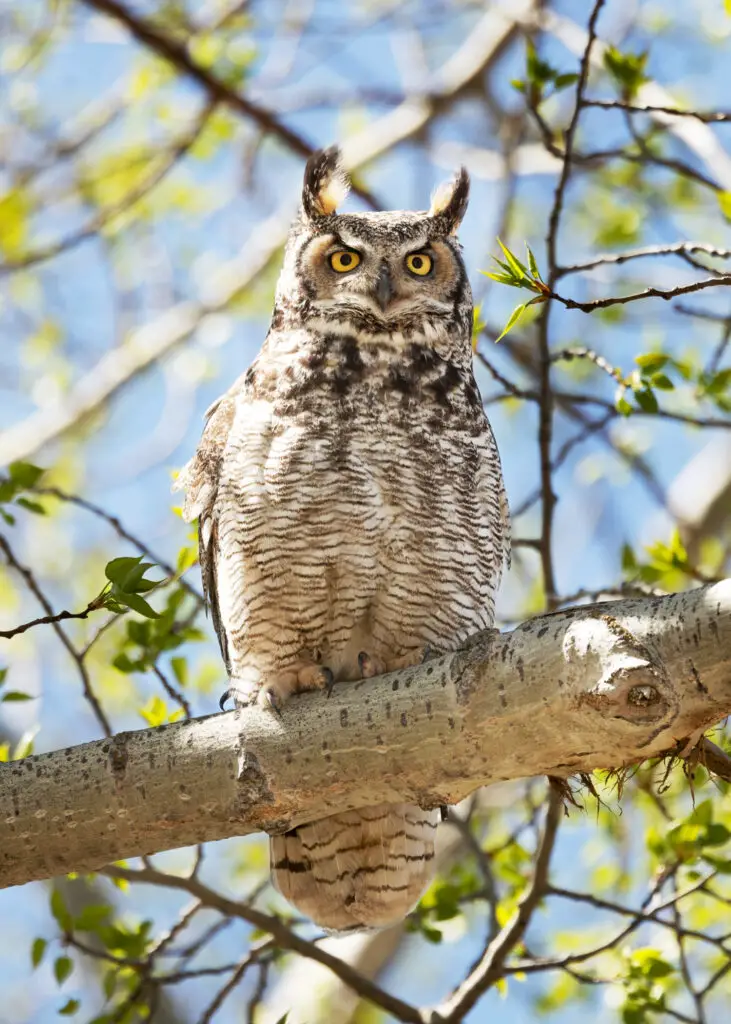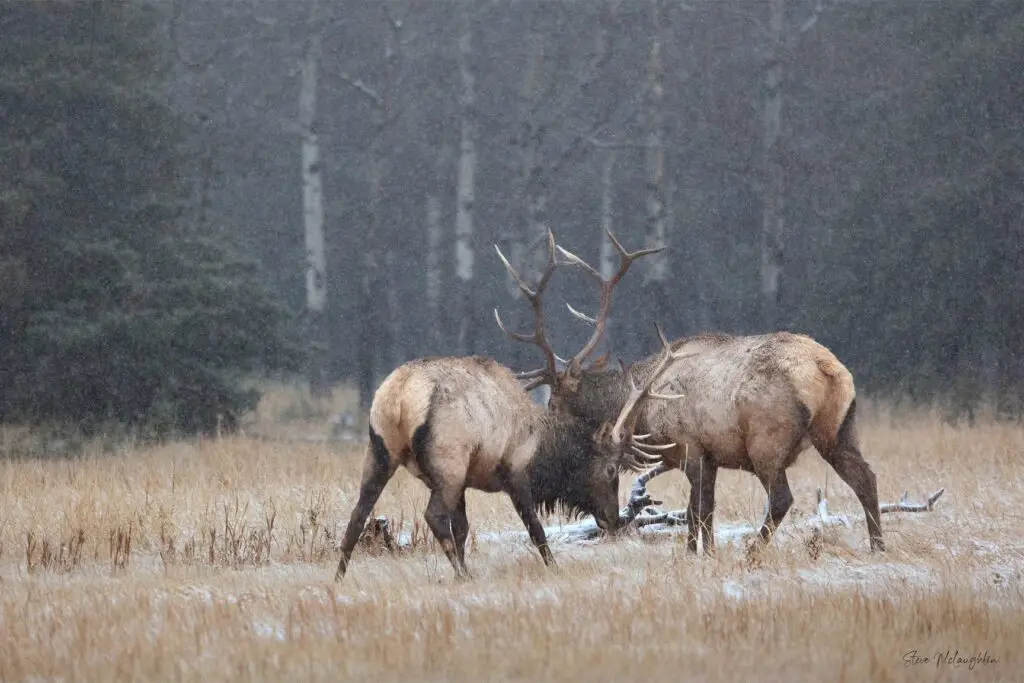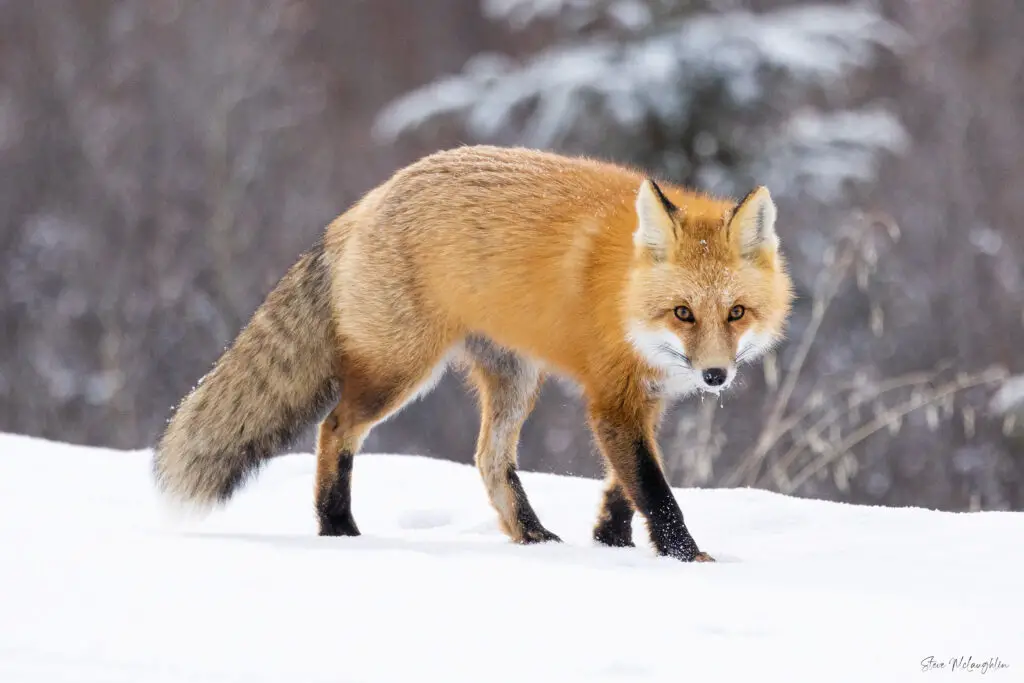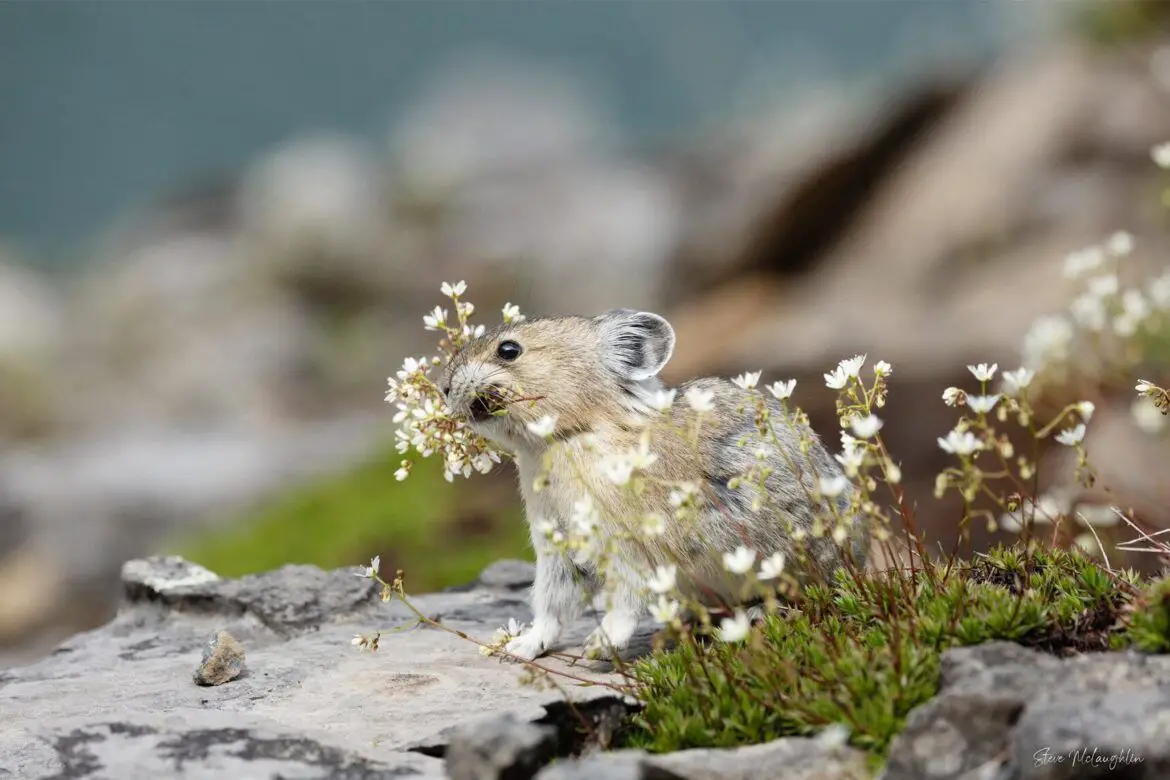You spent hours seeking out your subjects, composing each frame, and patiently waiting for the perfect moment to capture that once-in-a-lifetime shot.
But when you review the results, instead of tack-sharp images bursting with detail and life, you’re greeted with a disappointing collection of blurry, indistinct photos that fail to do justice to what you just witnessed.
You try to rescue the photos, but even the sharpening slider can only take you so far. It’s a gut-wrenching feeling that every wildlife photographer has experienced at some point.
It’s enough to make you question your skills, your gear, and even your passion for wildlife photography altogether!
But don’t worry. Once you crack the code of what makes a sharp picture, you’ll be well on your way to walking in the footsteps of National Geographic photographers!
In this article, we’ll explore the five main culprits behind blurry wildlife shots and give you some insight into how you can overcome them.
Table of Contents
Reason 1: Camera Shake
One of the most common causes of blurry wildlife photos is your camera and lens moving as you take the shot.
When photographing with a telephoto lens or super-telephoto lens, the magnification effect amplifies even the most minute movements, making it incredibly challenging to hold the camera perfectly still.
There are several techniques you can use to minimize camera shake and improve your chances of capturing tack-sharp wildlife images:
- Use the fastest shutter speed that you can get away with given your lighting conditions. Ideally, this will be 1/1000 or faster. Sometimes you’ll have to bump your ISO up to achieve this, even though it introduces grain into the image.
- Use a sturdy tripod or monopod to provide a stable platform for your camera, eliminating the need to hand-hold. You can also lean your lens up against natural objects, like a tree or rock.
- Invest in a camera and lens with built-in image stabilization, which can compensate for minor camera movements and vibrations.
- If you’re photographing a species that isn’t particularly sensitive to your presence, try switching your lens out for a shorter one and simply getting closer. Of course, you’ll have to use your best judgment in this case to avoid disturbing the animal.

Reason 2: Missed Focus
Accurately focusing on fast-moving, unpredictable wildlife subjects is one of the greatest challenges in this genre of photography. While modern cameras have incredibly advanced autofocus systems, they’re not completely perfect.
To improve your chances of nailing focus on fast-moving subjects, try out these techniques:
- Set up back-button focusing on your camera for more control over when and how your camera acquires focus.
- Experiment with different autofocus modes (e.g., continuous, dynamic) to find the best option for your shooting scenario.
- Increase the number of active focus points or use group/zone focusing.
Missed focus isn’t the only potential cause of blurry photos – motion blur can also be a significant factor, as we’ll explore in the next section.
Reason 3: Motion Blur
Once you have yourself and your camera stabilized, you now have the movement of your subject to contend with!
Motion blur occurs when your shutter speed is too slow to capture a fast-moving subject, resulting in a blurred or streaked look. Sometimes you can use this to your advantage and take interesting, artistic shots. But other times, you just want your subject to be perfectly sharp.
While increasing your shutter speed is the most obvious solution to combat motion blur, it’s not always practical, especially in low-light conditions or when trying to maintain a specific depth of field or ISO setting.
Here are a few techniques you can use to minimize motion blur:
- Practice panning your camera to track your subject’s movements. This blurs the background while keeping the subject sharp. A tripod with a nice smooth rotating head can help with this, but it’s also possible to handhold while panning.
- Try to anticipate your subject’s movements and time your shots accordingly, capturing them at the moment of least motion. This might be birds after they’ve landed, rather than while flying.
- Use burst mode to capture a sequence of images instead of just one at a time. This will greatly increase your chances of walking away with several keepers that are sharp.
Reason 4: Atmospheric Conditions

Factors like heat haze, mist, low light, and atmospheric distortions can degrade image quality and sharpness, rendering even the most technically perfect shots disappointingly soft and lacking in detail.
Heat Haze:
On hot, sunny days, heat waves and distortions that can wreak havoc on image sharpness, especially when photographing over long distances with telephoto lenses.
Mist/Haze:
Atmospheric haze and mist can act like a softening filter, robbing your images of contrast and fine detail, particularly in landscapes with distant subjects.
Low Light:
In low-light conditions, your camera may struggle to acquire and maintain accurate focus, leading to soft, blurred images, even when using fast shutter speeds and image stabilization.
While atmospheric conditions are often beyond your control, there are still steps you can take to mitigate their impact on your wildlife photography:
- Shoot during cooler times of day (e.g., early morning, late afternoon) when heat haze and atmospheric distortions are minimized.
- Use polarizers or haze filters to cut through atmospheric haze and improve the contrast and clarity of your images.
- Increase the contrast and clarity of flat images during editing. This can help breathe life back into images taken on cloudy or foggy days.
Reason 5: Lens Quality
While technique and environmental factors play a significant role in achieving sharp, detailed wildlife images, the quality of your lens can also make or break your results.
Even if you’ve mastered camera handling, focus acquisition, and exposure settings, a sub-par lens can introduce softness, aberrations, and image degradation that no amount of post-processing can fully correct.
Lens quality encompasses a range of factors, including optical design, build quality, and specialized features like image stabilization and autofocus motors.
Cheaper, consumer-grade lenses often sacrifice optical performance and advanced features in favor of affordability, which can limit their ability to capture tack-sharp images, especially in challenging wildlife photography scenarios.
While investing in high-quality, professional-grade lenses can be a significant expense, it’s often a worthwhile investment for serious wildlife photographers.
By using optics designed specifically for demanding shooting scenarios, you’ll be better equipped to capture sharp, detailed images that truly showcase the beauty and majesty of your wild subjects.

For more wildlife photography inspiration, you can see the full gallery here!
Of course, even the best lens in the world won’t compensate for poor technique or inappropriate settings. Achieving consistently sharp wildlife images requires a combination of high-quality gear and a deep understanding of the various factors that can contribute to blur and softness.
By addressing each of these five common reasons for blurry wildlife photos, you’ll be well on your way to capturing images that truly do justice to the breathtaking scenes you’ve witnessed in nature.
Getting Tack Sharp Wildlife Images
Blurry, soft wildlife images can be a frustrating and disheartening experience for any photographer. After investing time, effort, and passion into capturing the beauty and majesty of nature, it’s heartbreaking to end up with a collection of indistinct and forgettable shots.
Throughout this article, we’ve explored the five main culprits behind blurry wildlife photos: camera shake, missed focus, motion blur, atmospheric conditions, and lens quality.
By understanding these root causes and implementing the techniques outlined, you’ll be better equipped to overcome these challenges and consistently capture sharp, detailed, and awe-inspiring images.
